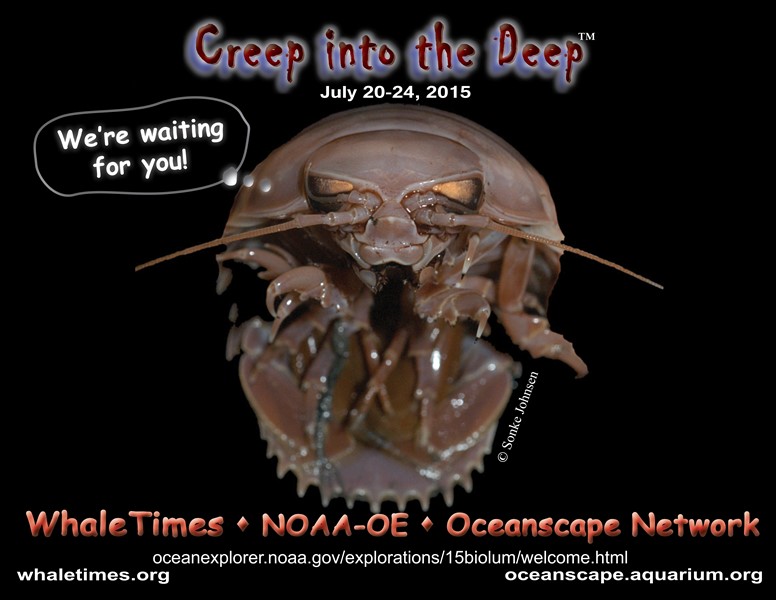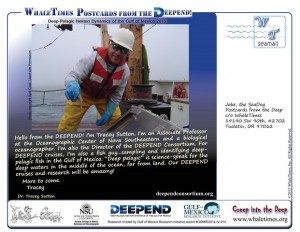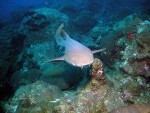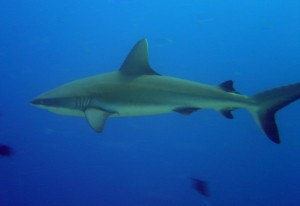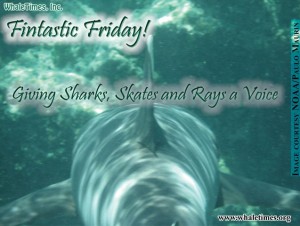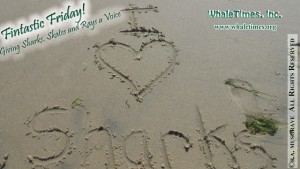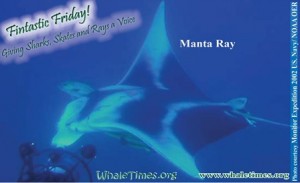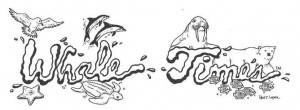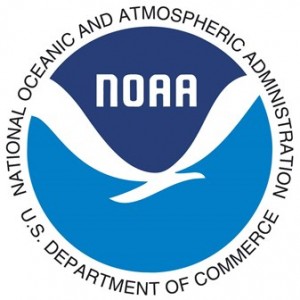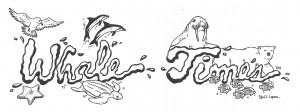July 20, 2015
Dear Virtual Science Team Members…
Welcome aboard our research team! Thank you for being part of our Science Team for our NOAA-OE Research Mission: Bioluminescence and Vision on the Deep Seafloor 2015. The Science Team at sea includes Heather Bracken-Grissom, Sonke Johnsen, Charles Messing, Edith Widder, and me, Tamara Frank.
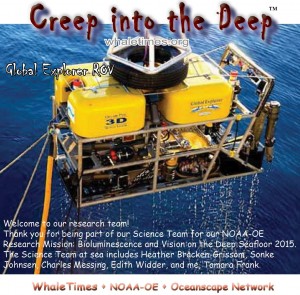 On July 14th, we traveled to Cocodrie, Louisiana to board the Research Vessel (RV) Pelican. We spent one day in port setting up all of our equipment, including the Global Explorer ROV. The Global Explorer, about the size of a small mini-van, needs to be lifted by a crane aboard the ship. Once it was on the ship, all the connections needed to be hooked up and tested to make sure that everything works (pilot controls, cameras, lights, hydraulics) before we left the dock and set sail to our first study site.
On July 14th, we traveled to Cocodrie, Louisiana to board the Research Vessel (RV) Pelican. We spent one day in port setting up all of our equipment, including the Global Explorer ROV. The Global Explorer, about the size of a small mini-van, needs to be lifted by a crane aboard the ship. Once it was on the ship, all the connections needed to be hooked up and tested to make sure that everything works (pilot controls, cameras, lights, hydraulics) before we left the dock and set sail to our first study site.
We’ll spend the next 12 days exploring depths between 3,280 and 4,921 feet (1,000 and 1,500 m) using the Global Explorer ROV. We’ll take photographs and videos and also collect live animals for our studies of vision and bioluminescence.
Only 5% of our oceans have been explored, so every dive is important and full of discoveries. We’re happy we can share this fascinating world with you.
During the cruise, you’ll receive Seamail updates about our discoveries and can ask us questions. You can also learn more about our research and find a map of our dive sites on the Bioluminescence and Vision on the Deep Seafloor 2015 NOAA-Ocean Exploration webpage. Plus, Oregon Coast Aquarium’s Oceanscape Network, and of course, WhaleTimes, will also have photos, videos, and more for you to check out.
I hope you’re ready for an amazing trip!
Cheers,
Tamara Frank
Dr. Tamara Frank
Chief Scientist and Deep-Sea Explorer
Creep into the Deep Mission: Bioluminescence and Vision on the Deep Seafloor 2015 Expedition, NOAA-OER
WhaleTimes: whaletimes.org
Oceanscape Network: oceanscape.aquarium.org
NOAA OE: oceanexplorer.noaa.gov/explorations/15biolum/welcome.html
